The Illusion of Depth, the most recent project by Romanian artist Cătălin Petrişor, is the crown jewl of all his projects: an affirmation of his belief (art is a science), a confession for the viewer, but also a challenge for him to show off his artistic skill. Just like the grand Renaissance masters before him, the artist successfully demonstrates that he is a complete artist (painter, designer, photographer, video artist), capable of decrypting the secret messages of images, of transforming the flat space of his support into a tridimensional space and of unveiling to the audience a part of the science behind the creation process. The playful, yet careful way in which the works are exhibited only accentuates the ludic tone of the art show.
The illusion of spatial depth, the coherent paradigm for the entire history of art, was one of the major preoccupation for painters from the Renaissance (Fra Angelico, Masaccio, Mantegna, Leon Battista Alberti and Leonardo da Vinci) up to contemporary times, when it gained new semantical connotations. Defined, built and theorized throughout different periods of humanity, perspective still is an extremely controversial art subject, interpreted using paradoxically different solutions, a means of cheating the viewer’s eye using optical tricks, but also an attempt to rebuilt reality using rules established by the artist that the viewer silently accepts. Sometimes participants, other times ordinary viewers, the artist and the spectator become, via illusion, part of building the same reality.
The illusion of space, an artificial figment of the human mind, made painting as we know it possible. As opposed to ronde-bosse sculpture, which is actually tridimensional, painting has disadvantages and must use all of its resources to build, on a bidimensional support, its own spatial depth. Using a restrictive language, the artist, just like any creator, finds new means to create the third dimension (the restrictions come from the bidimensional support, building the compositional structure, illustrating the shape, materiality and volume of objects) and sometimes ends up finding utopic solutions that do not conform to reality. The contemporary artist (with reference to Aristotle’s Categories), in his sustained effort to discover the essence of things, brings to the Renaissance rigor the study of the mechanisms that make up the image. Painting offers a fragmented understanding of reality by overlaying different levels of understanding the idea or preliminary message for the work of art. This spatial illusion that we are talking about is replaced by an understanding, by exploring and synthesizing consecutive layers of reality.
To understand this difficult project, due to its permanent games between opposing categories (essence – appearance, real – imaginary, present – absent), one must go through the multiple semiotic layers of this exhibition: beginning with the idea (meditation exercise) and going to the explicit message of the art work. His works, even though they are based on science, are not missing a sensorial content. The artist felt the need to unveil certain aspects of his identity. His scientific thinking (rationalizing) coexists in his art works alongside the clear, precise intervention of his creative instinct. The sketch is omnipresent in this project and it precedes the creative act, but it also finalizes it. A lot of the paintings shown have sketch interventions over the initial image, as if the artist recognizes its reign over all arts.
The relation between the object and its surrounding space, the dialogue between the form and the ensemble, and the relation between the present and absence of the inherent message are constant elements in Cătălin Petrişor’s work and they are an expression of the maturity of his artistic vision. Whether you look at an installation, a photograph, a sketch or a painting, these elements coexist in a perfect symbiosis that built a coherent, consistent and rational discourse. The polychromy or the monochromy outline the emotional state that the artist offers to the viewer, escaping logic’s domination. Oscillating between grave accents to exuberating tones, the painters varies the rhetoric of his discourse and gives it a personal touch. The artist’s personality is evident at a formal level as well as the ideal content of his work.
Unfortunately for the current Romanian art world, few artists are as capable as Cătălin Petrişor is to take on the heritage of traditional art (the knowledge of his predecessors) and shape it, adapt it to the new artistic demands that we forever evolving and transforming. The success of this art show is possible through the concepts of the works, exploring their inherent mechanisms and presenting an extremely personal message as well. Cătălin Petrişor manages to combine art with science, to capture the preparation stage of creation and to make a permanent dialogue between the object and the exhibition space. This project is the creation of a mature artist, capable of exhibiting his talent at any time.
Cătălin Petrişor, The Illusion of Depth was between 11 April – 9 May 2015 at Mind Set Art Center, Taipei.
POSTED BY
Alina Petrescu
Alina Petrescu (b. 1978, Bucharest) is an art historian and researcher. She works at the National Museum of Art of Romania. Her research focuses on the modernist movement and on some aspects of Romani...
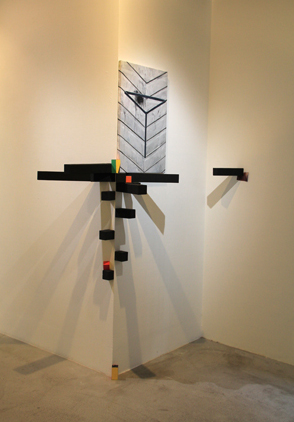
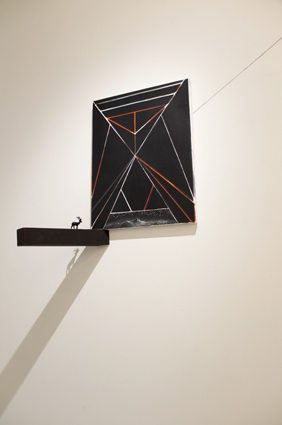
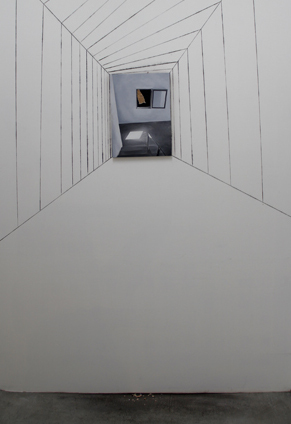
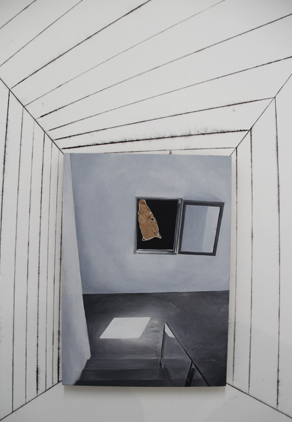
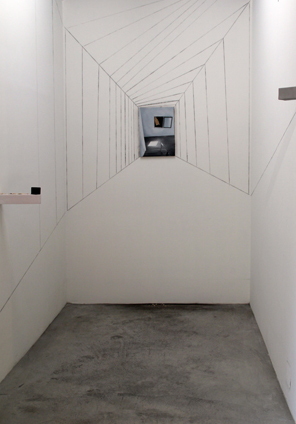
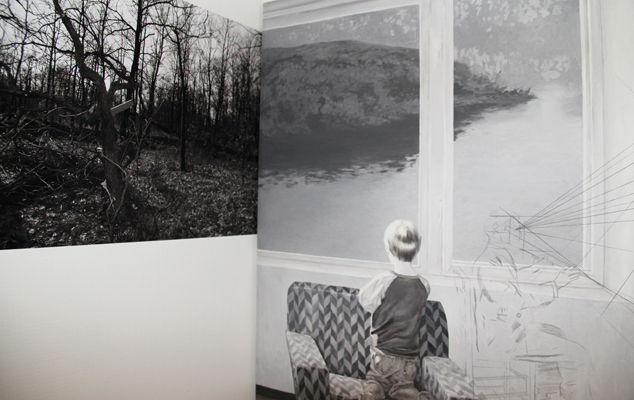
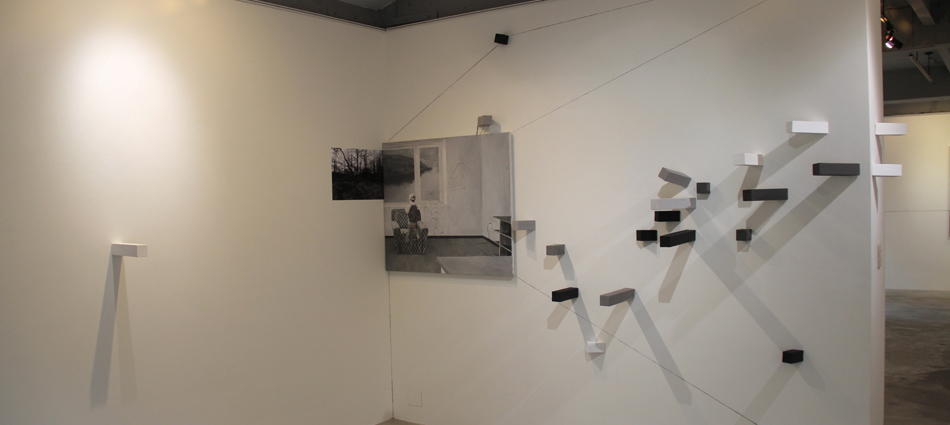
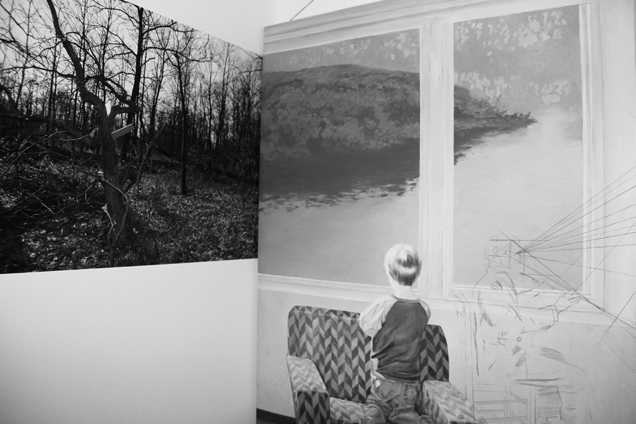
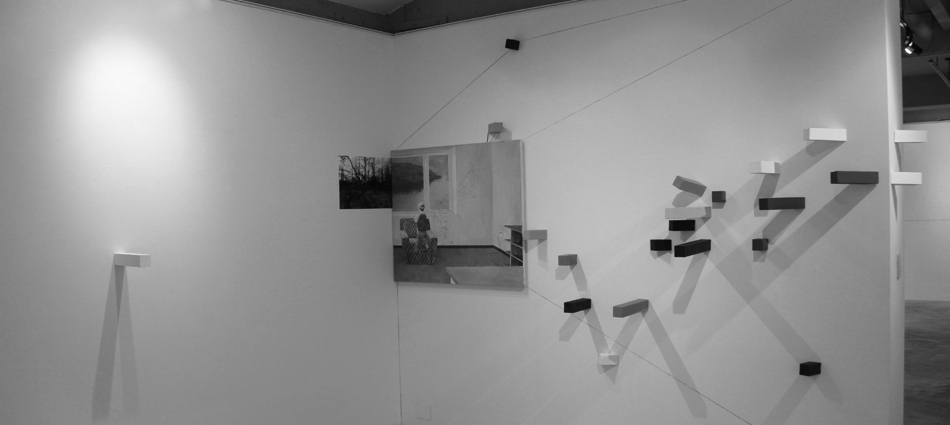
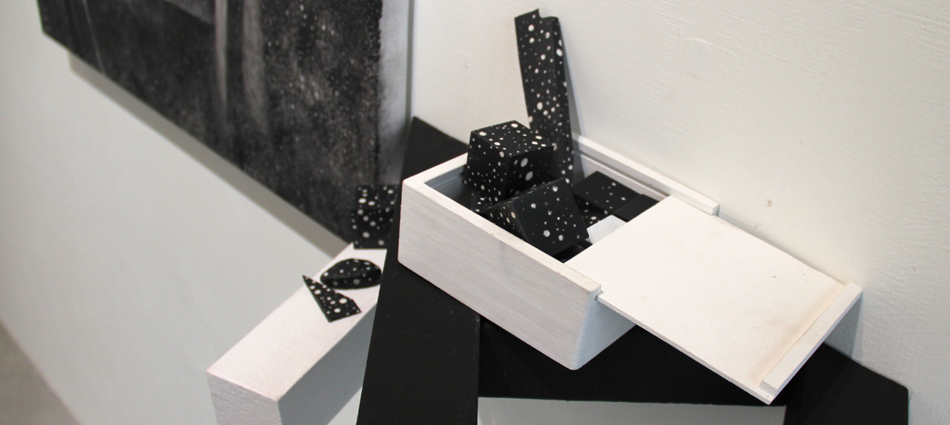
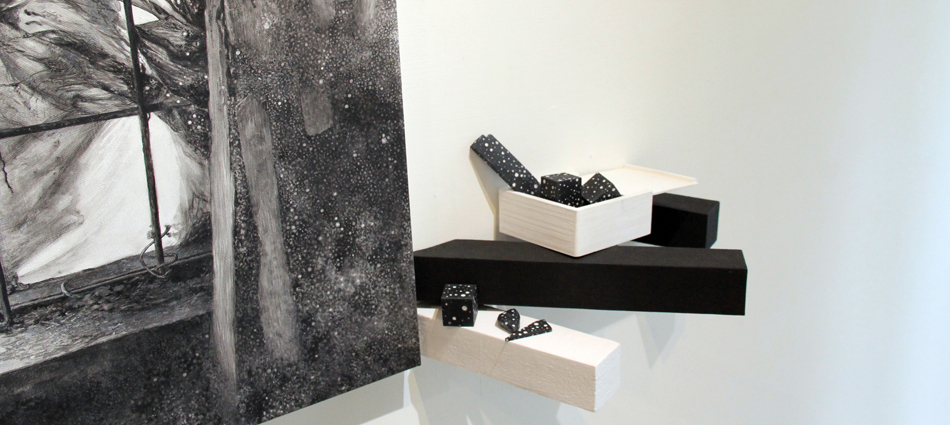
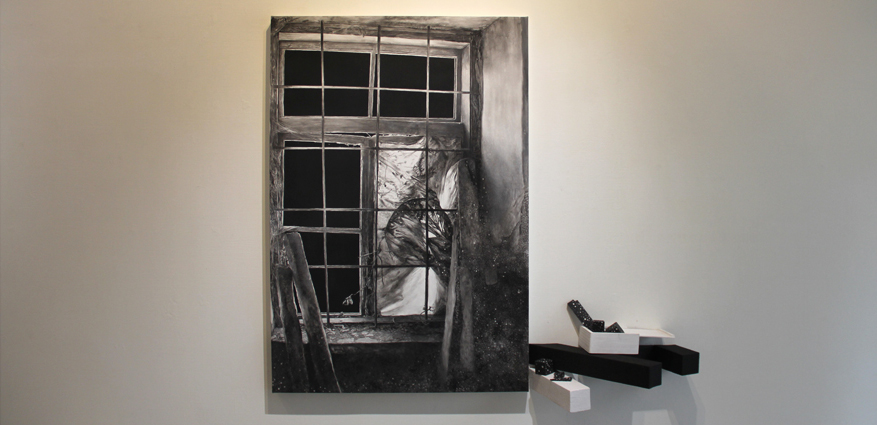
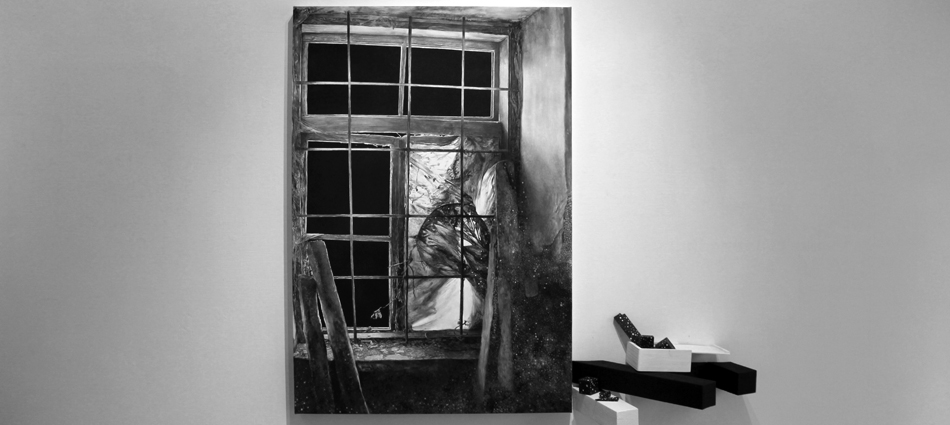
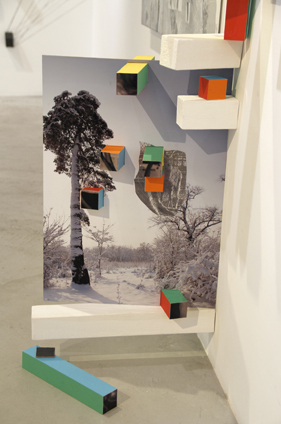
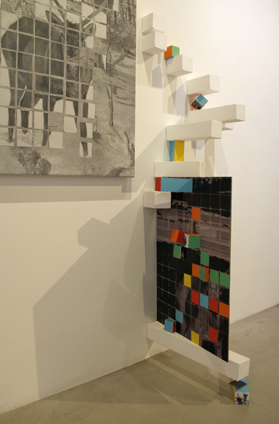
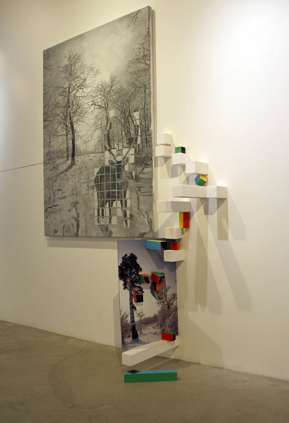
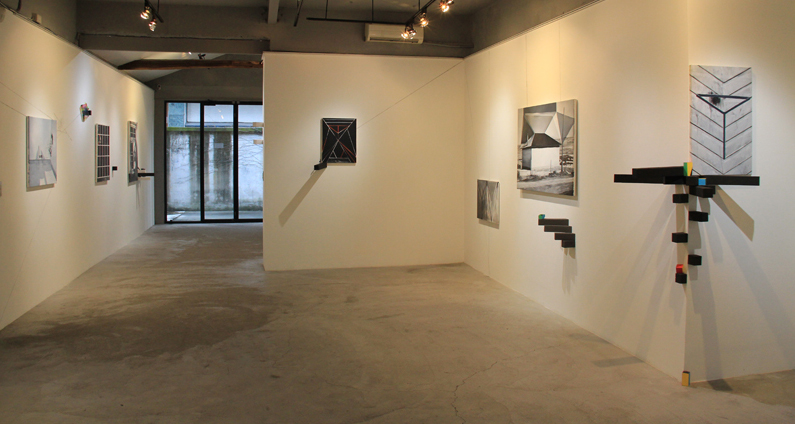
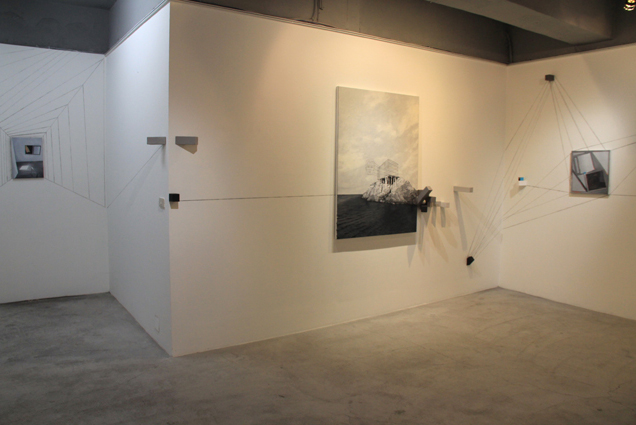
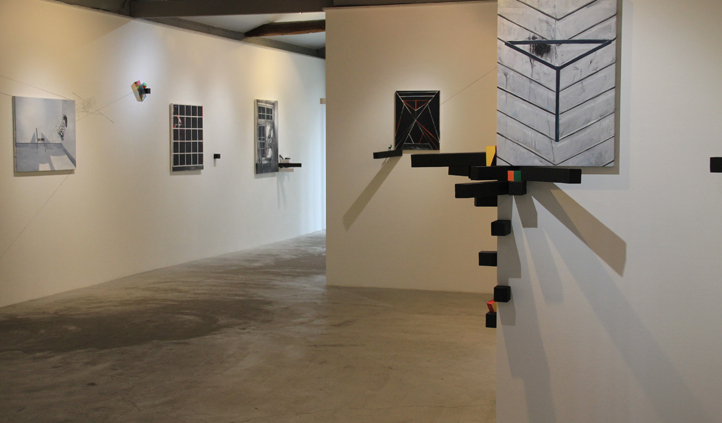
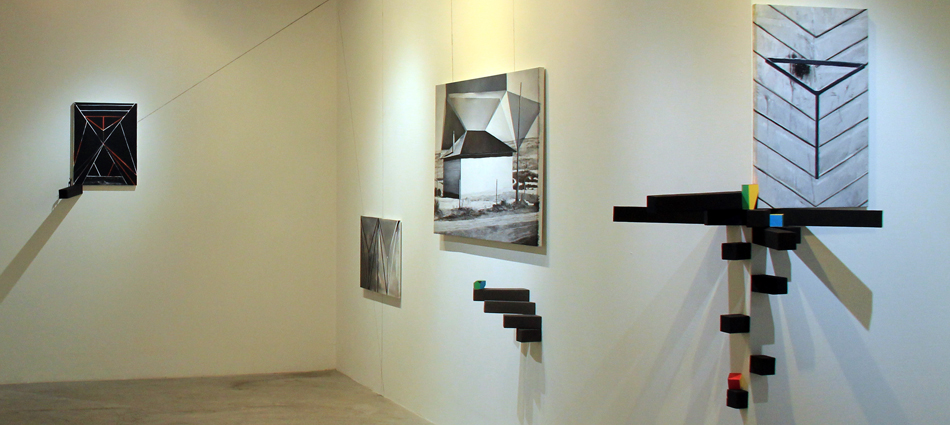
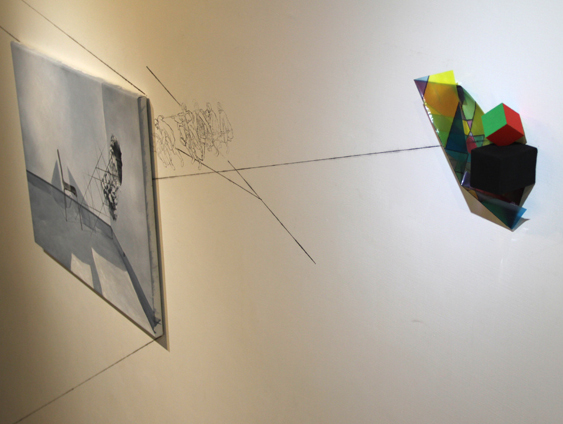
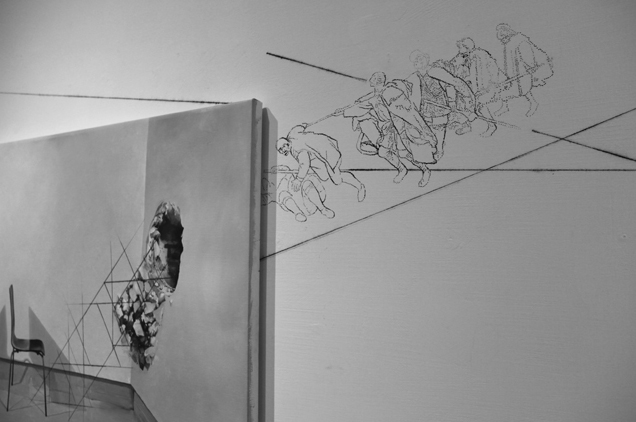
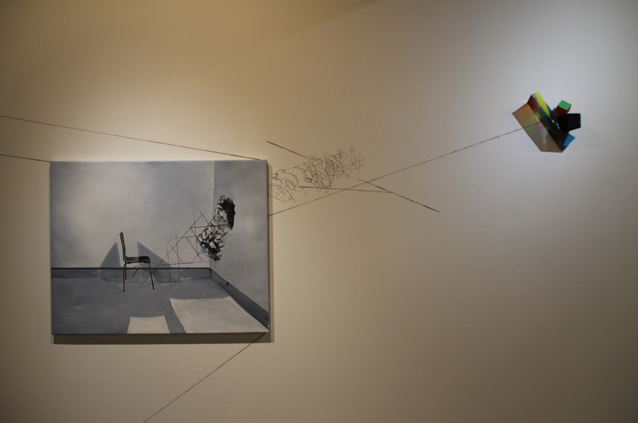
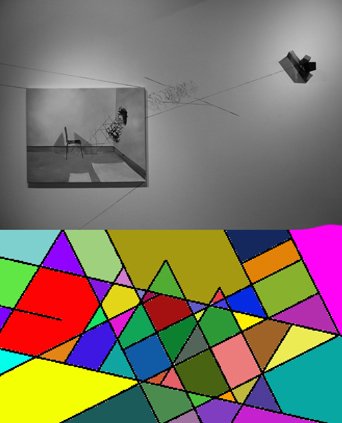
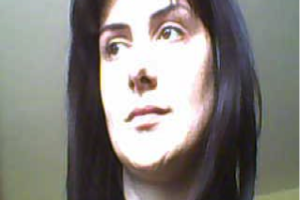
Comments are closed here.